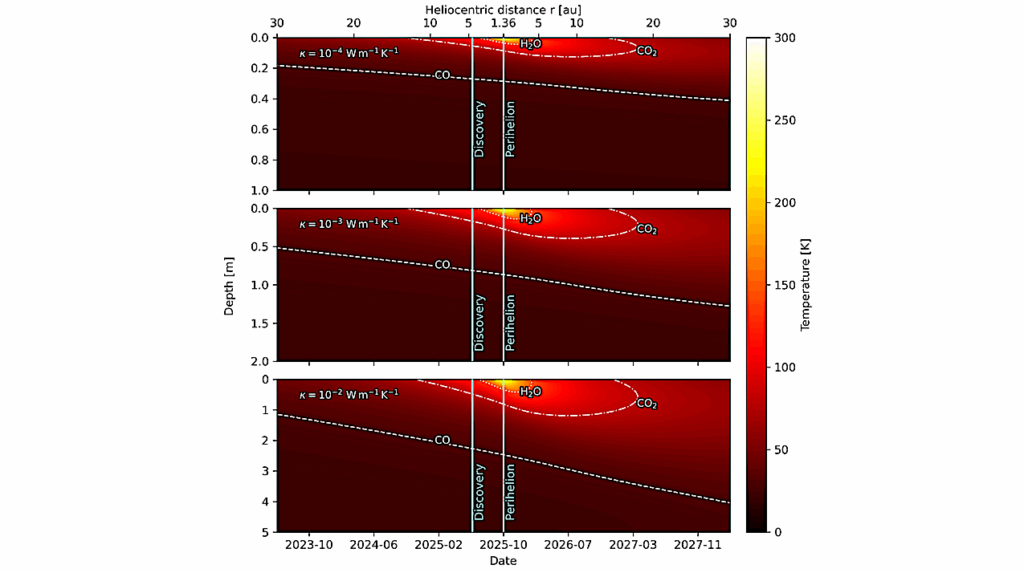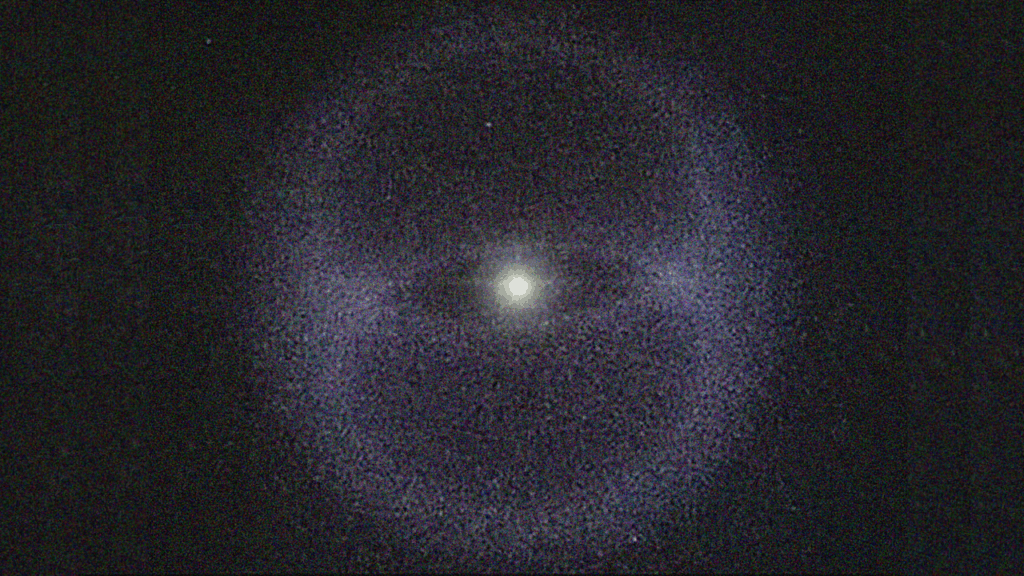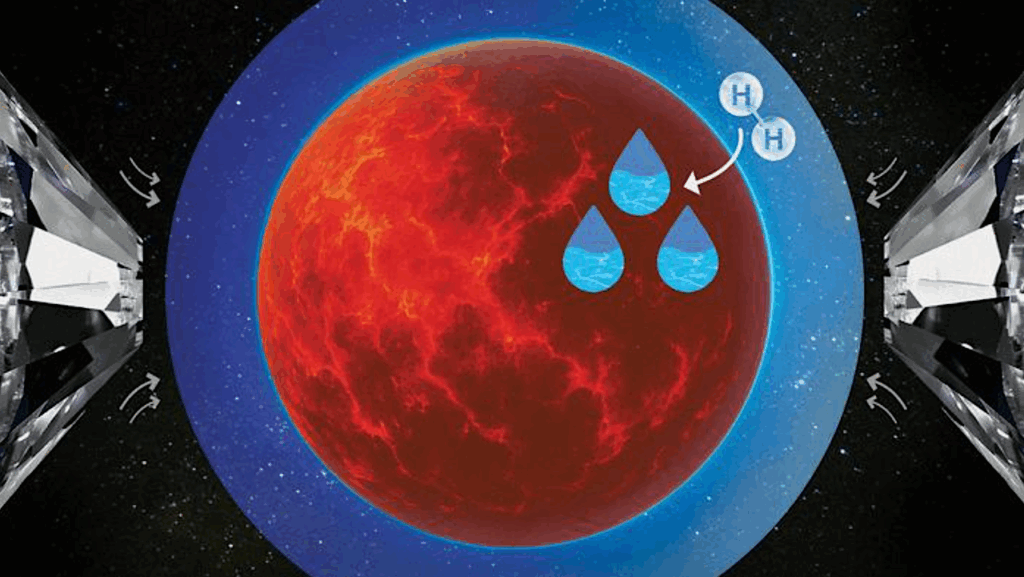Hot Rocks Survey II: The Thermal Emission Of TOI-1468 b Reveals A Hot Bare Rock

Terrestrial exoplanets orbiting nearby small, cool stars known as M dwarfs are well suited for atmospheric characterisation. Given the strong XUV irradiation from M dwarf host stars, orbiting exoplanets are thought to be unable to retain primordial H/He-dominated atmospheres.
However, the survivability of heavier secondary atmospheres is currently unknown. The aim of the Hot Rocks Survey programme is to determine if exoplanets can retain secondary atmospheres in the presence of M dwarf hosts. Among the sample of 9 exoplanets in the programme, here we aim to determine whether TOI-1468 b has a substantial atmosphere or is consistent with a low-albedo bare rock.
The James Webb Space Telescope provides an opportunity to characterise the thermal emission with MIRI at 15 μm. TOI-1468 b’s occultation was observed three times. We compare our observations to atmospheric models including varying amounts of CO2 and H2O. The observed occultation depth for the individual visits are 239±52 ppm, 341±53 ppm and 357±52 ppm.
A joint fit yields an occultation depth of 311±31 ppm. The thermal emission is mostly consistent with no atmosphere and zero Bond albedo at 1.65-σ confidence level or a blackbody at a brightness temperature of 1024±78 K. A pure CO2 or H2O atmosphere with a surface pressure above 1 bar is ruled out over 3-σ. Surprisingly, TOI-1468 b presents a surface marginally hotter than expected, hinting at an additional source of energy on the planet.
It could originate from a temperature inversion, induction heating or be an instrumental artifact. The results within the Hot Rocks Survey build on the legacy of studying the atmospheres of exoplanets around M dwarfs. The outcome of this survey will prove useful to the large-scale survey on M dwarfs recently approved by the STScI.
E.A. Meier Valdés, B.-O. Demory, H. Diamond-Lowe, J.M. Mendonça, P.C. August, M. Fortune, N.H. Allen, D. Kitzmann, A. Gressier, M. Hooton, K.D. Jones, L.A. Buchhave, N. Espinoza, C.E. Fisher, N.P. Gibson, K. Heng, J. Hoeijmakers, B. Prinoth, A.D. Rathcke, J.D. Eastman
Comments: 18 pages, 10 figures. Accepted for publication on A&A
Subjects: Earth and Planetary Astrophysics (astro-ph.EP)
Cite as: arXiv:2503.19772 [astro-ph.EP] (or arXiv:2503.19772v1 [astro-ph.EP] for this version)
https://doi.org/10.48550/arXiv.2503.19772
Focus to learn more
Submission history
From: Erik Andreas Meier Valdés
[v1] Tue, 25 Mar 2025 15:43:47 UTC (8,953 KB)
https://arxiv.org/abs/2503.19772
Astrobiology,








